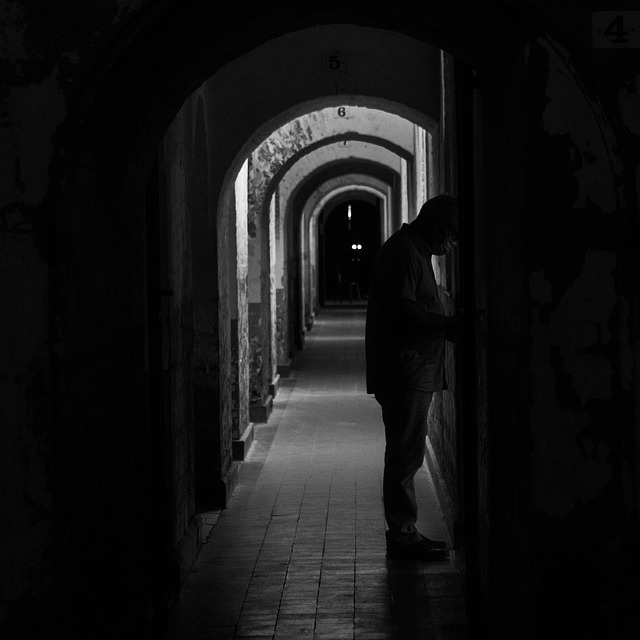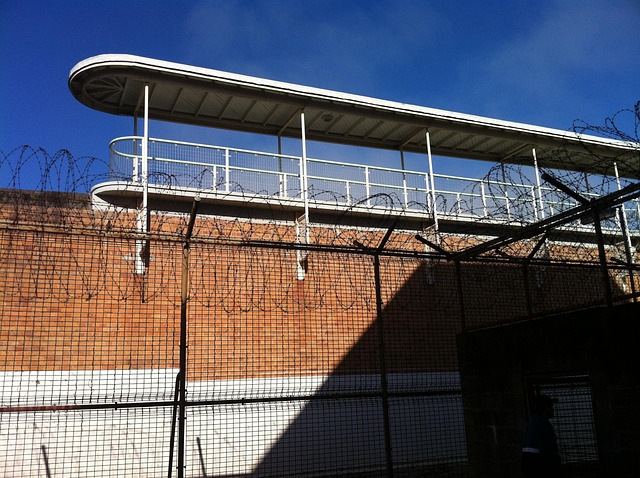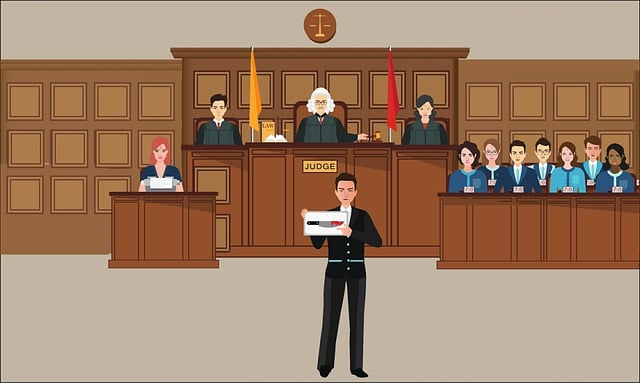Pedestrians' safety and legal protections are intertwined, with traffic laws like speed limits and crosswalk rules enforced through penalties. Drunk driving (DUI) significantly endangers pedestrians, leading to increased insurance rates due to risk reevaluations. These rate adjustments deter irresponsible driving, promoting road safety and holding DUI offenders accountable. Enhancing street safety requires education, community engagement, technological solutions like speed cameras, and strict enforcement of DUI consequences, including insurance rate changes.
In today’s world, ensuring safe streets for pedestrians is paramount. This article explores the intricate balance between protecting pedestrians’ rights and fostering a secure environment. We delve into an overview of legal protections surrounding pedestrians while examining the significant impact of driving under the influence (DUI) on public safety. Furthermore, we discuss how Insurance Rate Adjustments after DUI incidents play a crucial role in deterring such behaviors and promoting community engagement to create safer streets for all.
- Understanding Pedestrians' Rights and Safe Streets: An Overview of Legal Protections
- The Impact of DUI on Pedestrian Safety: Insurance Rate Adjustments Explained
- Strategies for Promoting Safe Streets: Empowering Pedestrians and Community Engagement
Understanding Pedestrians' Rights and Safe Streets: An Overview of Legal Protections

Pedestrians’ rights and safe streets go hand in hand, ensuring that those who choose to walk are protected from harm. In many jurisdictions, various laws and regulations exist to safeguard pedestrians, often with stringent penalties for violations. These legal protections encompass a range of issues, from speed limits and crosswalk rules to the responsibilities of both drivers and pedestrians. Understanding these rights is crucial in fostering a culture of road safety.
One significant aspect is the enforcement of traffic laws, such as maintaining safe speeds and yielding to pedestrians at crosswalks. Insurance rate adjustments after DUI (Drunk Driving Under Influence) incidents play a role in this, as impaired driving can lead to severe consequences for both drivers and innocent pedestrians. By holding drivers accountable and adjusting insurance rates accordingly, these measures act as deterrents, encouraging responsible driving and ultimately contributing to safer streets for everyone, including pedestrians.
The Impact of DUI on Pedestrian Safety: Insurance Rate Adjustments Explained

Drunk driving (DUI) has significant implications for pedestrian safety, leading to severe injuries and even fatalities. When an individual is charged with DUI, insurance rate adjustments often become a critical aspect of the aftermath. Insurance companies typically reassess risk profiles and adjust premiums accordingly, reflecting the heightened risk associated with impaired driving.
These adjustments are essential tools in encouraging responsible driving behavior and holding drunk drivers accountable. Higher insurance rates serve as a deterrent, potentially discouraging individuals from engaging in risky behaviors behind the wheel. By understanding the impact of DUI on insurance rates, motorists can make informed decisions and contribute to safer streets for everyone, including pedestrians.
Strategies for Promoting Safe Streets: Empowering Pedestrians and Community Engagement

Promoting safe streets for pedestrians involves a multifaceted approach that starts with empowering individuals and fostering community engagement. One effective strategy is to educate both pedestrians and drivers about their respective rights and responsibilities on the road. This includes raising awareness about pedestrian safety measures, such as crosswalk usage, traffic signals, and yielding to pedestrians. Community events like walkability workshops, where residents come together to discuss local challenges and propose solutions, can significantly enhance street safety.
Additionally, leveraging technology to improve visibility and enforcement is crucial. Implementing smart city solutions, such as speed cameras and advanced traffic signal systems, can deter reckless driving behavior. Encouraging the use of insurance rate adjustments after DUI offenses serves as a strong disincentive for drunk or impaired driving, ultimately making streets safer for everyone, including pedestrians.
In ensuring safe streets, understanding pedestrians’ rights and implementing strategies that empower them are paramount. By examining legal protections and the impact of DUIs on insurance rate adjustments, we can identify key areas for improvement. Promoting community engagement and fostering a culture of responsible driving will ultimately lead to safer environments for all pedestrians, making our streets more livable and enjoyable.






